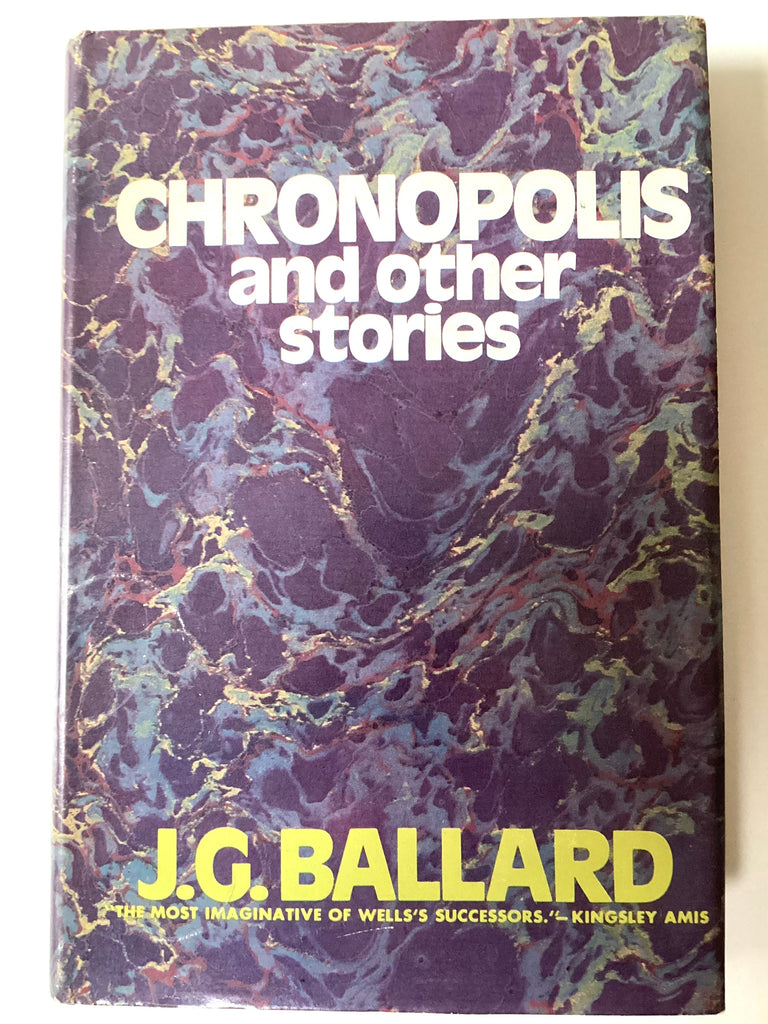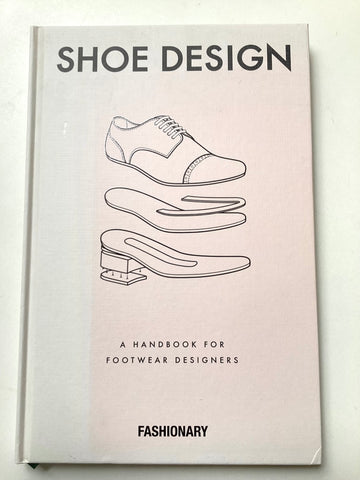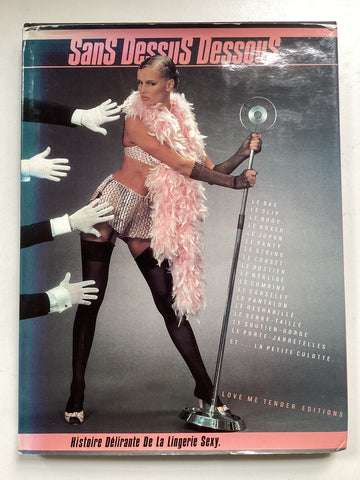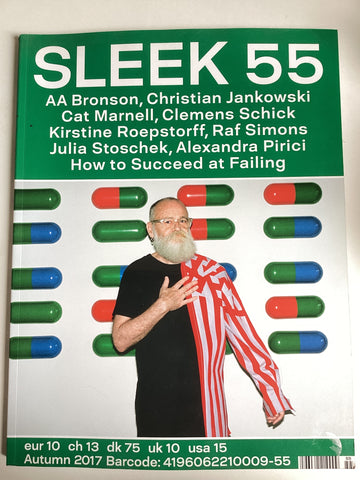
Chronopolis and other stories by J. G. Ballard
Includes the short story "The Garden of Time" which has inspired the dress code for the 2024 Met Gala *
New York: Putnam's Sons, 1971. Great short stories by Ballard, "the most imaginative of Wells's successors" according to Kingsley Amis. Hardcover with dust jacket in very good condition. Book club edition. Light edgewear and age-toning.
*From the BBC by Rosalind Jana, Features correspondent:
In JG Ballard's dystopian story The Garden of Time – which has inspired this year's dress code – the super-rich hide themselves in Arcadian splendour while the "great unwashed" riot. It seems an unlikely choice of theme for fashion's event of the year.
The title of JG Ballard's 1962 short story The Garden of Time has an elegiac romanticism to it. Images immediately stir, visions of flowers and vines springing forth. Depending on the bent of your imagination, those visions may err towards tidy blooms or overgrown thickets, perpetual splendour or the endless cycles of death and growth so necessary for even the smallest pocket of paradise. After all, a garden is time incarnate, bound by the slow march of the seasons. But what kind of garden is this? Do the normal rules of chronology apply?
This year, fashion's annual extravaganza the Met Gala has taken Ballard's title as its dress code. The theme has been chosen to complement The Costume Institute's exhibition Sleeping Beauties: Reawakening Fashion, an exploration of the many items held within the Met's archives that are now too fragile to be worn. Reanimated using technologies including X-rays, AI and soundscapes, these artefacts are interspersed with iconography related to the natural world, the combination promising to "serve as a metaphor for the fragility and ephemerality of fashion and a vehicle to examine the cyclical themes of rebirth and renewal."
It's an odd pairing. Perhaps asking the Gala's attendees to embark on further reading before they attend is setting them up to fail (see the various interpretations of "camp" in 2019 that would have had Susan Sontag smashing her Tiffany lamps in protest), but for anyone who does choose to dig deeper, the choice of Ballard's short story may prove puzzling. It relays the tale of Count Axel and his Countess wife who live in a magnificent hilltop villa, surrounded by their gardens. These gardens, where "the air seemed brighter, the sun seemed warmer" hold a series of "time flowers" – translucent growths with crystal hearts. When plucked, that crystal core dissolves, emitting the light trapped within. "Strange shifts momentarily transformed the evening, subtly altering its dimensions of time and space," Ballard writes. "The darkened portico of the house, its patina of age stripped away, loomed with a curious spectral whiteness as if suddenly remembered in a dream."
[...] the metaphorical significance of Ballard's story, pointing to its exploration of humanity's tendency towards cycles of creation and destruction (the fact that one of the top-ranked explainers on Google from 2016 uses that exact wording is, I'm sure, complete coincidence.) Although this holds some truth, it does seem to deliberately ignore a more obvious point. This is a short story in which the last bastion of rich, refined beauty – with its classical music, rare books, and its lovely clothing – is overrun by a working-class mob. "Some laboured under heavy loads suspended from crude yokes around their necks; others struggled with cumbersome wooden carts, their hands wrenching at the wheel spokes," Ballard writes. The mob is variously described as a tide, a nightmare, and a minor detail from a Goya painting.
More like this:
It's a jarring image in the context of an event that is a celebration of affluence, excess and rarefied beauty, where a table for the evening sells for $300,000, and an invite bestows an exclusive glitter of Vogue-approved importance on the attendee; perhaps acutely so, when set against the backdrop of global volatility and economic uncertainty, the divisions between safety and danger, wealth and poverty feeling ever starker. Under those circumstances, what on Earth are we to make of this theme based on a story that, regardless of where its loyalties lie, features the destruction of high culture by an undifferentiated mass of humanity? In its evocation of beauty on the brink of ruin, who does it disdain?



